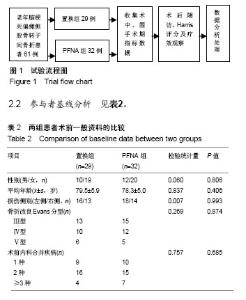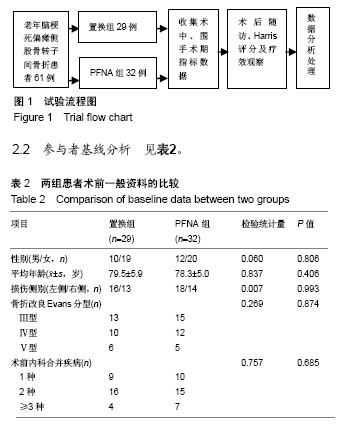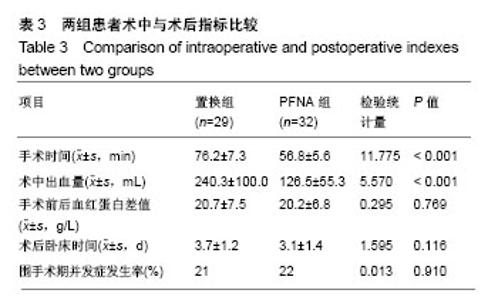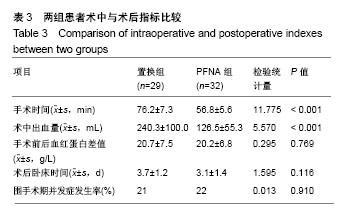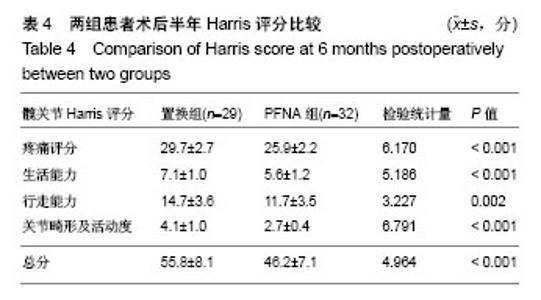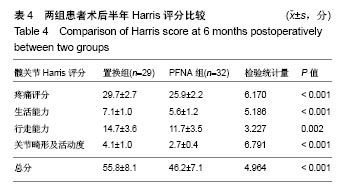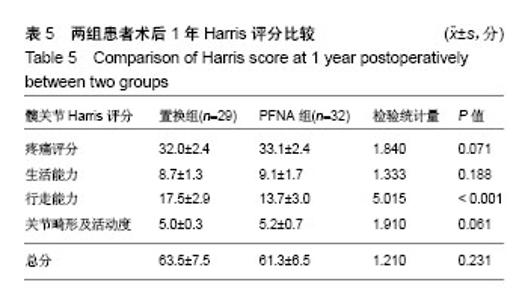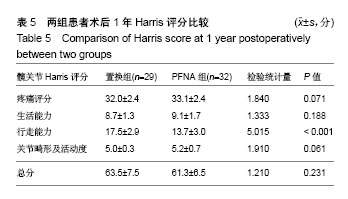| [1] Tucker A, Donnelly KJ, Rowan C, et al. Is the best plate a nail? A review of 3230 unstable intertrochanteric fractures of the proximal femur. J Orthop Trauma. 2018;32(2):53-60. [2] Ciufo DJ, Zaruta DA, Lipof JS, et al. Risk factors associated with cephalomedullary nail cutout in the treatment of trochanteric hip fractures. J Orthop Trauma. 2017;31(11): 583-588. [3] Socci AR, Casemyr NE, Leslie MP, et al. Implant options for the treatment of intertrochanteric fractures of the hip: rationale, evidence, and recommendations. Bone Joint J. 2017;99-B(1): 128-133.[4] Yoo JI, Ha YC, Lim JY, et al. Early rehabilitation in elderly after arthroplasty versus internal fixation for unstable intertrochanteric fractures of femur: systematic review and meta-analysis. J Korean Med Sci. 2017;32(5):858-867.[5] Serrano R, Blair JA, Watson DT, et al. Cephalomedullary nail fixation Of intertrochanteric fractures: Are two proximal screws better than one? J Orthop Trauma. 2017;31(11): 577-582. [6] Sik CW, Hoon AJ, Joon-Hyuk K, et al. Cementless Bipolar Hemiarthroplasty for Unstable Intertrochanteric Fractures in Elderly Patients. Clin Orthop Surg. 2010; 2(4): 221-226.[7] 梅浩, 袁艾东, 李文锐. 股骨转子间骨折治疗的研究现状[J]. 中华创伤杂志, 2012,28(5):419-421.[8] D'Arrigo C, Carcangiu A, Perugia D, et al. Intertrochanteric fractures: comparison between two different locking nails. Int Orthop. 2012;36(12):2545-2551. [9] Hong MC, Lee K. Clinical and functional outcomes of treatment for type a1 intertrochanteric femoral fracture in elderly patients: comparison of dynamic hip screw and proximal femoral nail antirotation. Hip Pelvis. 2016;28(4): 232-242. [10] Feng M, Zhang J, Shen H, et al. Predictors of prognosis for elderly patients with poststroke hemiplegia experiencing hip fractures. Clin Orthop Relat Res. 2009; 467(11): 2970-2978.[11] Camurcu Y, Cobden A, Sofu H, et al. What are the determinants of mortality after cemented bipolar hemiarthroplasty for unstable intertrochanteric fractures in elderly patients? J Arthroplasty. 2017;32(10):3038-3043. [12] 刘景一, 闫军, 豆青军, 等. 骨水泥型人工髋关节置换治疗首次治疗失败的高龄股骨转子间骨折[J]. 中华创伤骨科杂志, 2015, 17(5):455-457.[13] Kumar R, Singh RN, Singh BN. Comparative prospective study of proximal femoral nail and dynamic hip screw in treatment of intertrochanteric fracture femur. J Clin Orthop Trauma. 2012;3(1):28-36. [14] Hars M, Trombetti A. Body composition assessment in the prediction of osteoporotic fractures. Curr Opin Rheumatol. 2017;29(4):394-401. [15] Parker MJ, Cawley S. Sliding hip screw versus the Targon PFT nail for trochanteric hip fractures: a randomised trial of 400 patients. Bone Joint J. 2017;99-B(9):1210-1215. [16] Niu E, Yang A, Harris AH, et al. Which fixation device is preferred for surgical treatment of intertrochanteric hip fractures in the United States? A Survey of Orthopaedic Surgeons. Clin Orthop Relat Res. 2015;473(11):3647-3655. [17] 唐佩福. 股骨转子间骨折的治疗进展与策略[J]. 中华创伤骨科杂志, 2017,19(2):93-94. [18] Butler BA, Selley RS, Summers HD, et al. Preventing wedge deformities when treating intertrochanteric femur fractures with intramedullary devices: A technical tip. J Orthop Trauma. 2018;32(3):e112-e116. [19] Sahin S, Ertürer E, Oztürk I, et al. Radiographic and functional results of osteosynthesis using the proximal femoral nail antirotation (PFNA) in the treatment of unstable intertrochanteric femoral fracture. Acta Orthop Traumatol Turc. 2010;44(2):127-134. [20] 胡正霞, 李开南, 何智勇, 等. Gamma钉与人工股骨头置换修复老年股骨转子间粉碎性骨折的比较[J]. 中国组织工程研究, 2014, 18(22):3451-3455.[21] Viste A, Perry KI, Taunton MJ, et al. Proximal femoral replacement in contemporary revision total hip arthroplasty for severe femoral bone loss: a review of outcomes. Bone Joint J. 2017;99-B(3):325-329. [22] Smith É, Comiskey C, Carroll Á. Prevalence of and risk factors for osteoporosis in adults with acquired brain injury. Ir J Med Sci. 2016;185(2):473-481. [23] Marzolini S, Mcilroy W, Tang A, et al. Predictors of low bone mineral density of the stroke-affected hip among ambulatory individuals with chronic stroke. Osteoporos Int. 2014;25(11): 2631-2638.[24] 严广斌, 钱东阳, 卢永辉. 髓内固定治疗老年股骨转子间骨折的失血量分析[J]. 中华关节外科杂志(电子版), 2012,6(3): 50-52.[25] Lorich DG, Geller DS, Nielson JH. Osteoporotic pertrochanteric hip fractures: management and current controversies. Instr Course Lect.2004;53(2):441-454.[26] Esen E, Dur H, Atao?lu MB, et al. Evaluation of proximal femoral nail-antirotation and cemented, bipolar hemiarthroplasty with calcar replacement in treatment of intertrochanteric femoral fractures in terms of mortality and morbidity ratios. Eklem Hastalik Cerrahisi. 2017;28(1):35-40.[27] Gavaskar AS, Tummala NC, Srinivasan P, et al. Helical blade or the integrated lag screws: a matched pair analysis of 100 patients with unstable trochanteric fractures. J Orthop Trauma. 2018. [28] 杨力, 孙奇, 易立明, 等. 人工股骨头置换与髓内固定治疗脑卒中后老年股骨转子间骨折的疗效比较[J]. 中华创伤骨科杂志, 2013, 15(5):397-401. |
